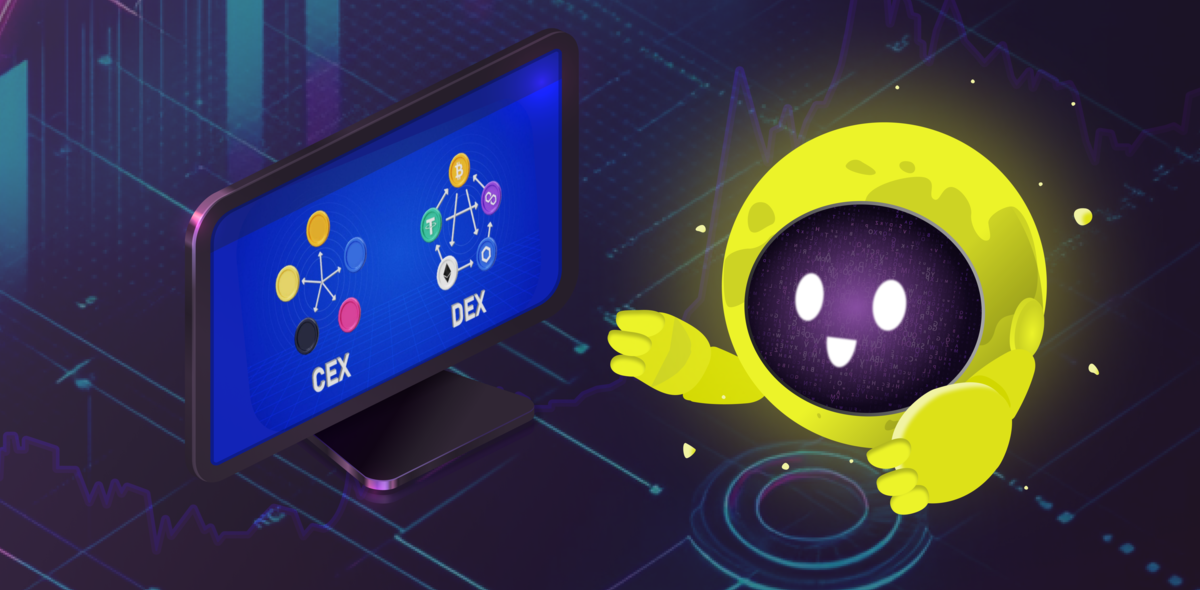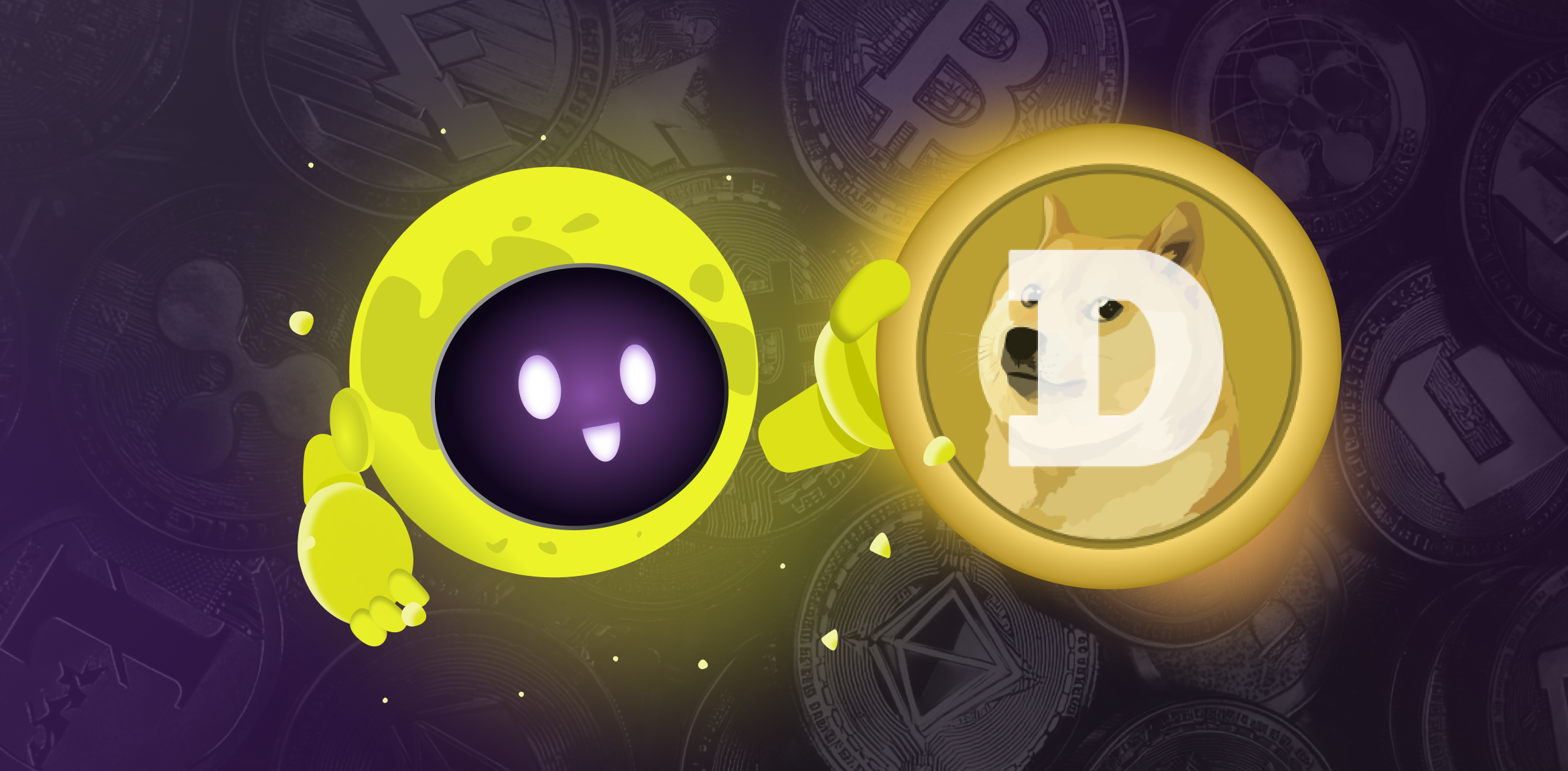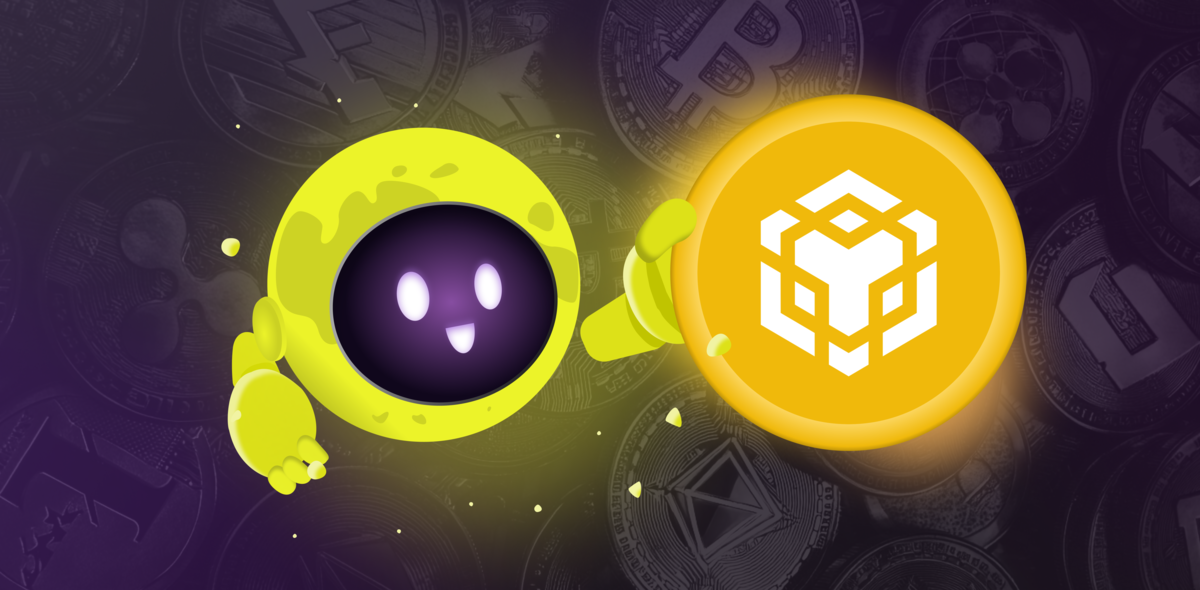
What is Litecoin?
Litecoin (LTC) is a cryptocurrency whose protocol is practically identical to that of Bitcoin, from where it is born. The protocol software is open-source and is licensed by the Massachusetts Institute of Technology (MIT). It appeared in 2011 as one of the first alternative currencies created, after Namecoin, Fairbrix, and Tenebrix. Unlike Namecoin, a crypto asset still in force and active in the markets, Litecoin has managed to have enormous popularity. Its founder Charlie Lee posted Litecoin's proposal on the well-known Bitcointalk forum as a project that replicated Bitcoin more or less identically. Lee claimed that he was not trying to compete and oust the other cryptocurrency but rather to make transactions smaller and faster. The network was made public once the first 150 LTC units were mined. Initially, Litecoin did not become as popular and did not receive such widespread use. In 2017, Litecoin's price grew by almost 7000%, reached a market capitalization of 15 billion, and it was firmly entrenched in a top position among digital money.
How Litecoin works
Litecoin was originally intended to be more akin to micropayments, but Bitcoin implementations, such as SegWit, have been serving that role. Now, both networks operate in parallel and are fed back with the contributions made by their various developers. The Proof of Work (PoW) algorithm uses the Scrypt cryptographic function designed to make Litecoin mining lighter in energy consumption but guaranteeing security because it uses a huge amount of memory to avoid attacks based solely on hardware. Litecoin's addresses look like this: “ltc1q2h2qggc8mt02jckkxx027tdly4s9gwa9375erf” – it is a set of numbers and letters all lowercase, always starting with “ltc”. Its maximum issuance is set at 84 million units and Litecoin halving takes place every 840,000 blocks. In SegWit, any transaction consists of 2 elements: the coin itself as the means of payment that we transfer and the outer shell: a signature that contains information about the sender, recipient, account balance, etc. Transactions are regarded as completed when they are embedded in the block. But if we take one transaction together with the shell, they will fit much less in the block, and the shells themselves do not participate in the calculation. It seems that they are not taken into account, due to which the work of the program is accelerated. Therefore, SegWit suggests disconnecting shells, moving them into separate blocks, and calculating and adding only blocks with money themselves to the hash. After the block is closed, it is calculated and built into the common network, all these transactions get their shells back. So there is no loss of any funds, but thanks to this, the work of the whole system is accelerated.
How to buy Litecoin
The main markets in terms of LTC trading volume historically have been DOBI Exchange, OKEx, CoinBene, Binance, and many others. Most Litecoin trading takes place in pairs of Litecoin to USD, Bitcoin, Ethereum, Tether. You can also get Litecoin on the SwapSpace cryptocurrency exchange aggregator, which is a quick and easy way to obtain the required amount of LTC.
How to exchange LTC on SwapSpace?
- On the SwapSpace homepage, select LTC in the “You send” section and the cryptocurrency you would like to receive in the “You get” section. Enter the amount of LTC you want to exchange.
- Choose the instant exchange service that suits you most.
- Specify the recipient address and check if all the data is correct.
- Send your LTC coins to the address you will see on the screen.
- Wait until the exchange is complete.
How to store Litecoin
Those who want to mine Litecoin will find useful the official Litecoin website where they can download a wallet. Among the suitable Litecoin wallets are Guarda Wallet, Coinomi, and Freewallet. Read more about LTC wallets in this article.




